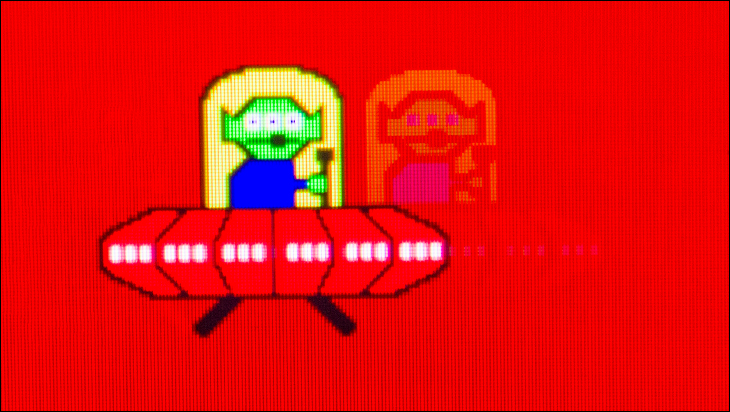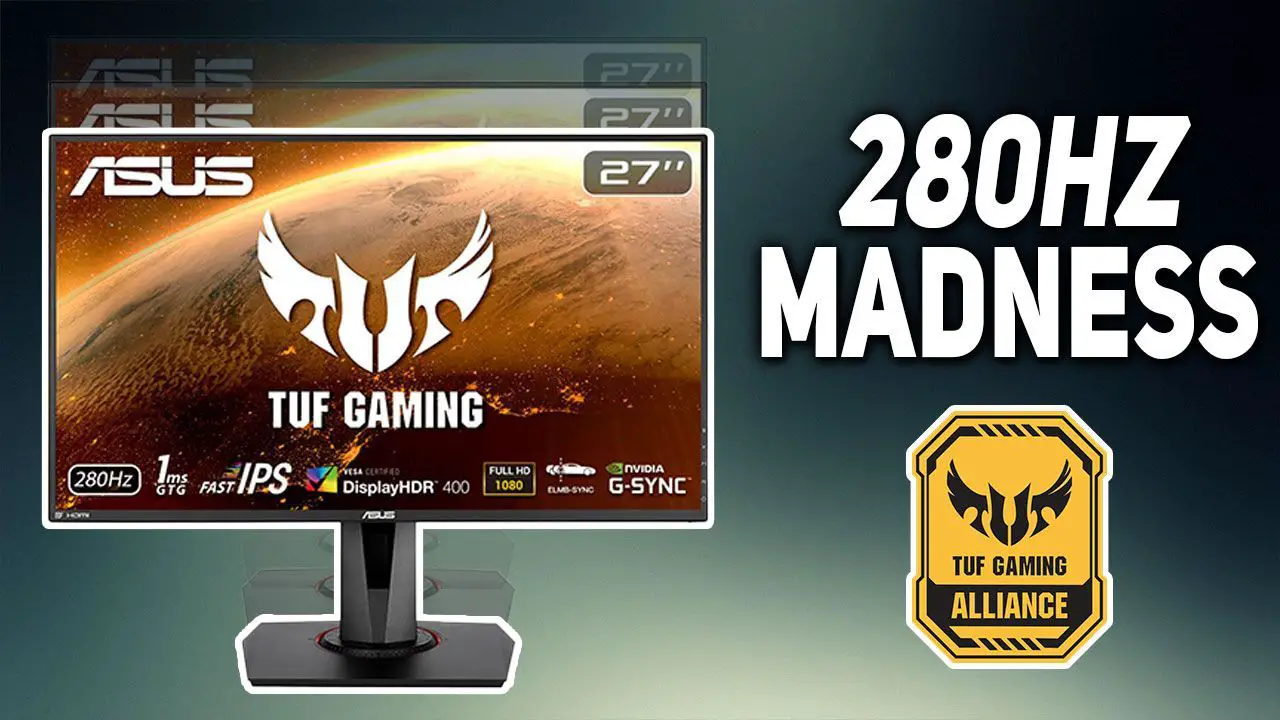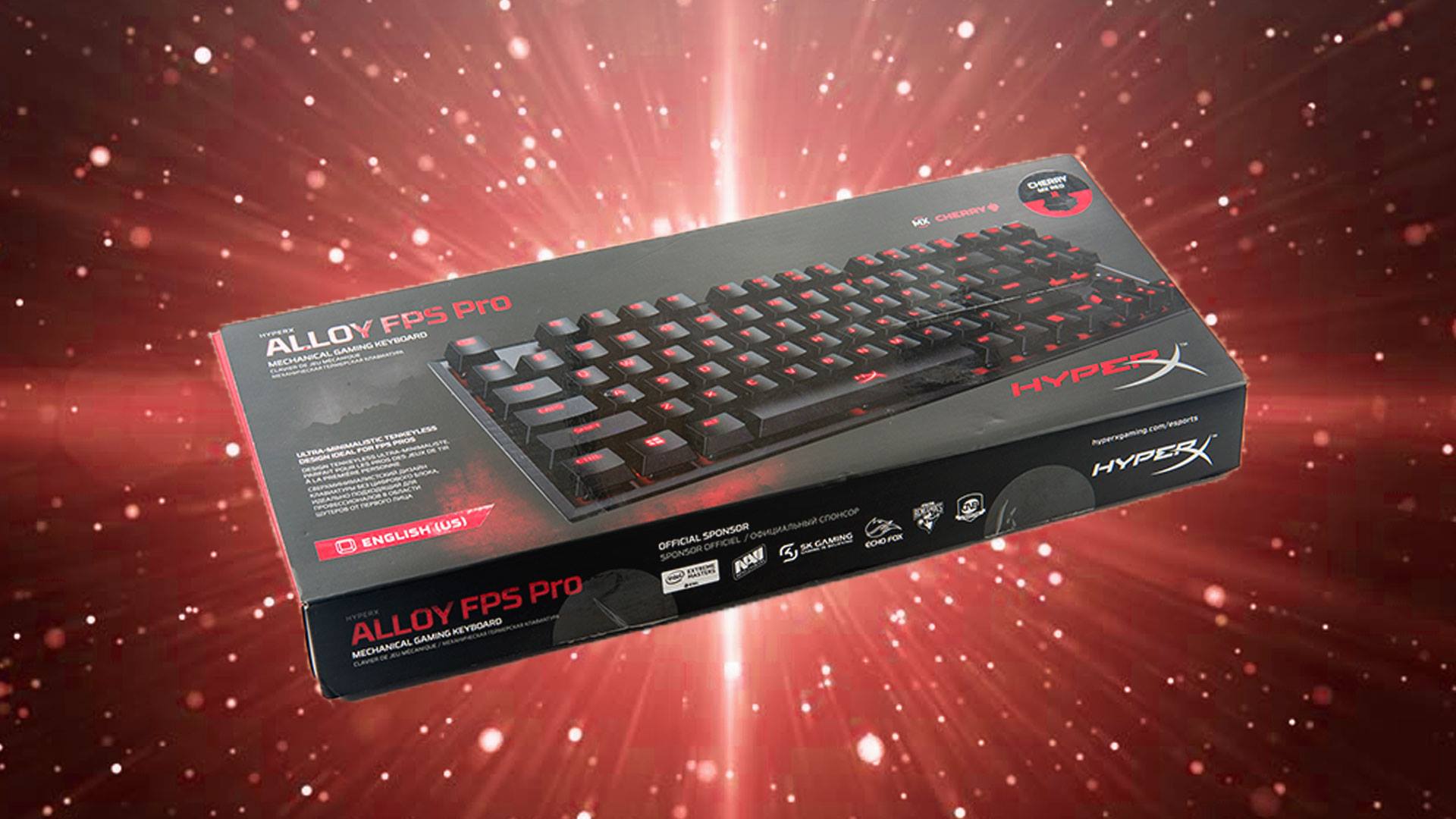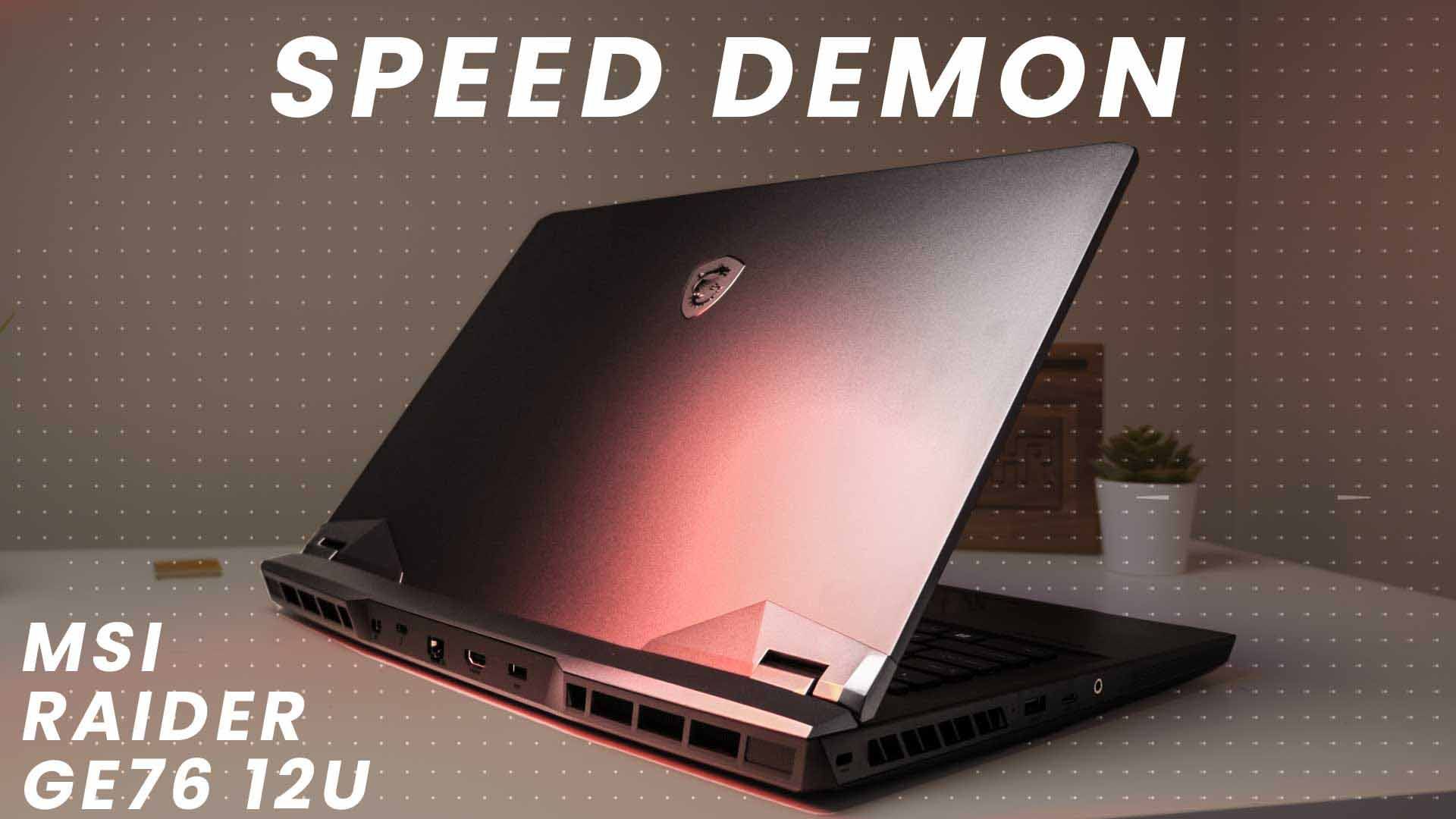Review note:
As is our standard operating procedure all testing was carried out at 120 cd/m2 unless otherwise noted.
Uniformity
Optimally a panel should show perfect uniformity across the entirety of its screen real-estate. We have yet to see one exhibit perfection. Instead we consider 15% (i.e. plus or minus 7.5 percent) or lower to be extremely good, and 15 to 24 percent to be ‘good enough’. Anything above this does not meet our absolute minimum standards and will be considered a failure. For this test we do not use 120 nit setting and instead set it to 350’ish output – or as close as to that brightness levels as possible. For testing and recording we used DisplayCAL.

Like most IPS panel-based monitors there is going to be a bit more light leakage than with say VA based models. ‘IPS Glow’ is real and is just part of the deal when you buy any IPS monitor. With that said, the uniformity of our sample is impressive. The absolute most deviation we observed was 7.37 percent over 81 sample points on the screen. More importantly, it was all deviation in one direction with no ‘bright spots’. This combination is very, very impressive, and sure to please most people… even if the right side is going to be slightly darker than the left.
Response Rate
Even though a panel is rated in both milliseconds (response rate) and Hz (frame rate) the reality is this will give at best only a rough picture of a panels true abilities. Things such as ghosting, or worse still reverse ghosting, where there is more than one image displayed at a time will negatively impact enjoyment and immersion in fast-paced scenarios. This is why we use a combination of Blur Busters online Ghosting test and a high-speed camera to capture real-world response rate. To give as clear a picture, pardon the pun, as possible we have also included the best and worst results observed over 2,000 images taken.
Please note, in this test images move from Left to Right on the screen.


This is where things do go a bit off the rails for the VG279QM. Yes, this monitor’s combination of VRR and ELMB technology can result in crystal clear images. Unfortunately, the algorithms are touch over aggressive and the occasional to sometimes not so ‘occasional’ pre-image artifacts do appear. This overshooting is fairly common and not all that surprising. It just is a tad disappointing on one of only three monitors selected to be a showcase model for this new ASUS tech. Thankfully, you can minimize this issue via manual adjustment of the OverDrive setting… somewhat.











